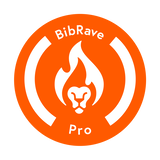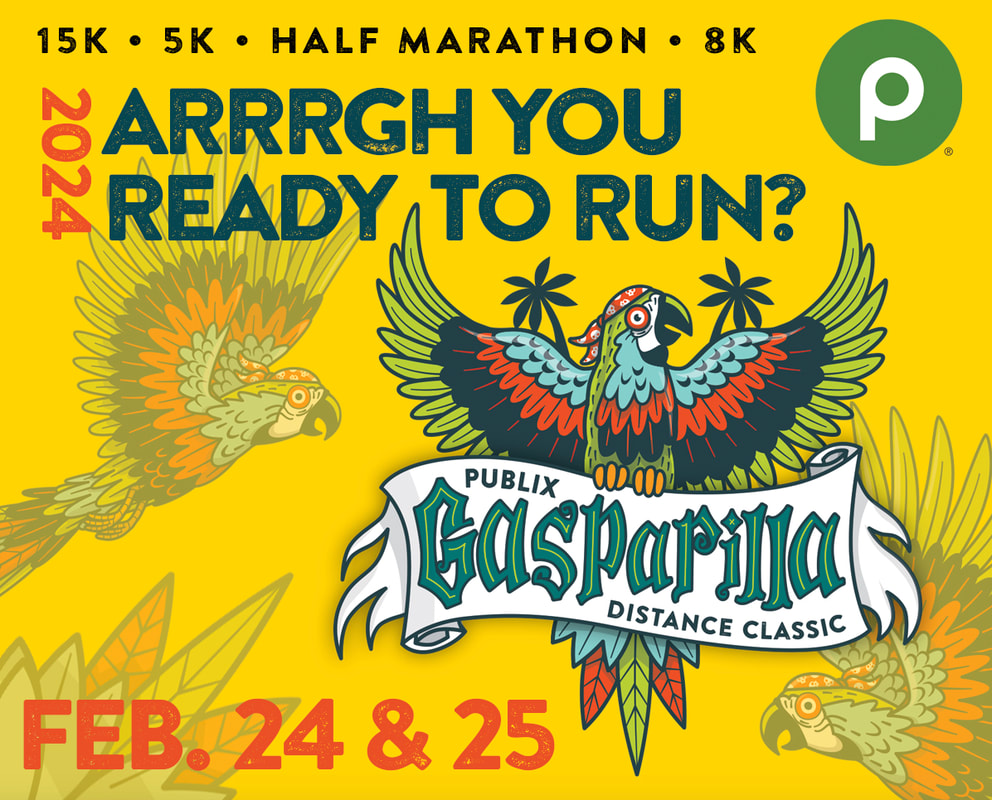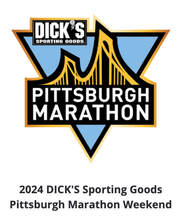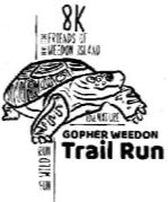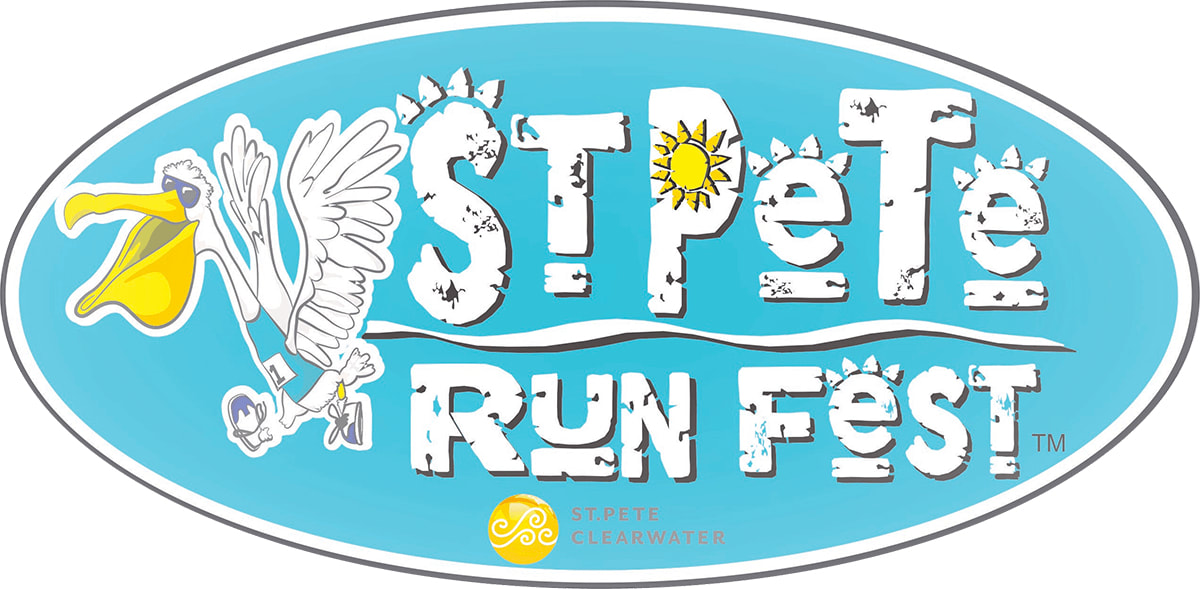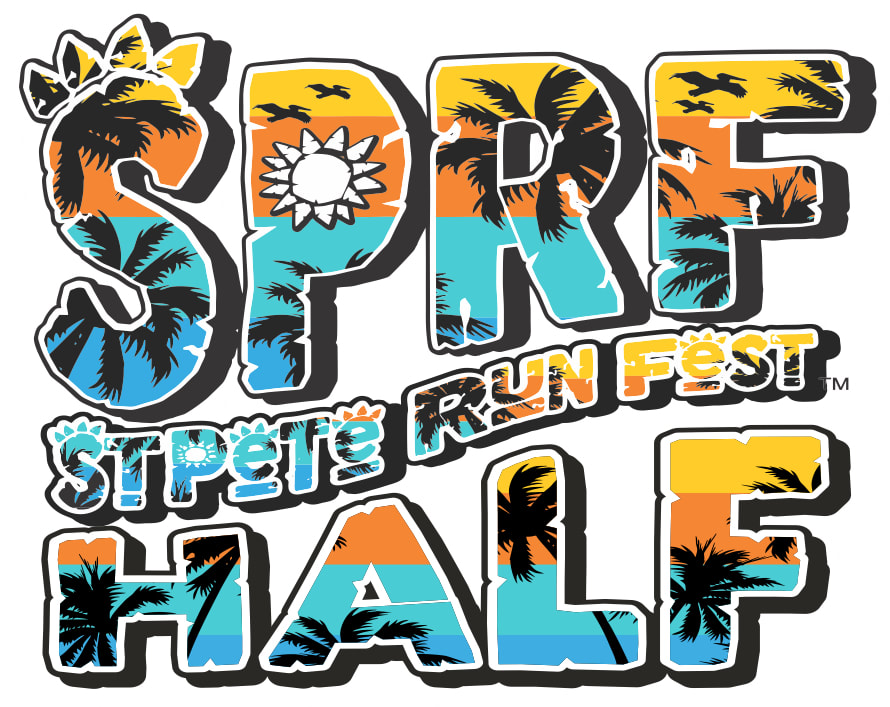|
If you've noticed runners in compression socks at races or around your neighborhood, you may be curious. Are compression socks a fashion statement or a serious recovery tool?
Disclaimer: I received ExtremeFit compression socks to review as part of being a BibRave Pro. Learn more about becoming a BibRave Pro (ambassador), and check out BibRave.com to review find and write race reviews! What are Compression Socks?Modern compression socks were invented around 1950 by Conrad Jobst. Jobst was a German engineer from Toledo, Ohio who suffered from varicose veins. The original flesh-colored medical compression socks are knee highs with no toes. They're tightest at the ankle, and stay tight around the leg all the way up to the knee. Compression socks reduce bulging veins and tissue caused by fluid pulled to the body's extremities. The socks are recommended for people with circulation problems like varicose veins, deep vein thrombosis or diabetes. Sometimes, they're prescribed after surgery. Pregnant women, people who stand at work all day, people confined to bed, and older adults, all can benefit from wearing compression socks to increase or improve circulation. Runners often wear compression socks while training and racing. Many runners wear them while recovering after a long, hard run. Let's take a closer look at why compression socks appeal to runners. How Compression Socks Can Help RunnersAsk 10 runners, and you'll get 10 answers about the pros and cons of running compression socks. I think the reasons for choosing compression socks is as individual as each runner. What works for one person, may or may not work for another. The best way to find what works for you is to try different gear and methods. That's what I did, and I'm glad I tried compression socks. Obvious BenefitsIt doesn't take a science experiment to recognize the obvious benefits of compression socks:
The variety of designs makes it easy to dress up any running outfit to match a themed race or holiday run. 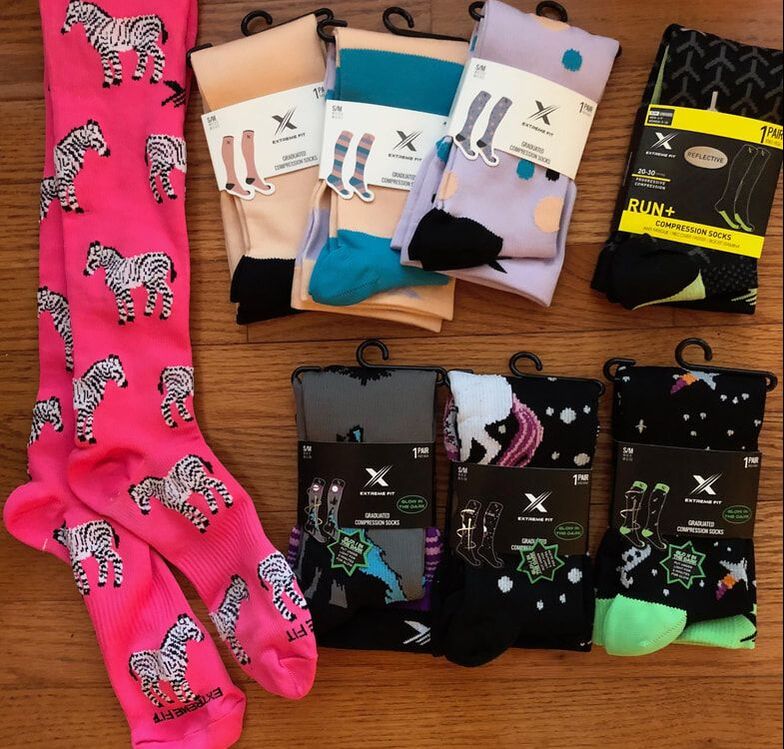 Wide assortment of compression socks available in colors, patterns, reflective, and glow-in-the-dark material. (Photo credit: This Old Runner) Wide assortment of compression socks available in colors, patterns, reflective, and glow-in-the-dark material. (Photo credit: This Old Runner) Physical Benefits of Compression SocksBenefits you may need to experience to believe include reduced swelling and fatigue, improved blood flow, less cramping, and faster recovery after a prolonged effort. Compression socks apply pressure to your legs to make the blood vessels work better. The arteries deliver oxygen-rich blood to your muscles, and push blood back to your heart. When blood circulates properly there's less chance of pooling or forming clots in the veins of your feet or elsewhere. Free flowing blood keeps your muscles and body happy. Good blood flow also prevents any light-headed or dizzy feelings when you stand up quickly. • Reduced FatigueI spent last month in hilly Pennsylvania. Lucky for me, I received this awesome shipment of Extreme Fit socks while I was there. Switching from running in flat Florida to hilly Pennsylvania meant my legs were fatigued, even for short distances. Hill workouts are always going to be harder than my usual flat routes. Compression socks took care of my tired, achey legs. I put them on after a trail run, then went about my business. About an hour later, I took off the socks and my legs felt better. I use compression socks all the time to speed my recovery process. I also wear them during speed sessions, and hill repeats. My legs always feel less tired when I wear compression socks. • Limit Swelling in Feet and AnklesOften, medical compression socks are prescribed to limit swelling in feet and ankles. People who stand all day, like waitresses, nurses, teachers — anyone who puts constant pressure on their feet — can benefit from wearing compression socks. The same is true for long distance and ultra runners. Compression socks can reduce the swelling in your feet and ankles, and keep your circulation in order after an endurance event. • Pain ReliefAny high-impact exercise (like running) puts a strain on your muscles. If you're out of shape, you'll experience more pain. Compression socks help relieve muscle soreness and stiffness by keeping your blood flowing and supporting your muscles. Wearing compression socks during and after a tough effort can reduce the intensity of Delayed Onset Muscle Soreness you feel 24 to 48 hours after a serious workout. • Prevent Muscle StrainAnother reason I like compression socks is they keep my leg muscles warm. Warm muscles reduce the chance for muscle strain. Wearing compression socks during a winter race keeps your muscles warm and ready to move. Heat relaxes tight muscles and improves blood circulation. Good circulation reduces the chances of lactic acid build up and cramping. Different Types of Running Compression SocksThere are different types of compression socks. The most popular style I see among runners is knee-high compression. A knee-high sleeve covers the leg from ankle to knee and doesn't include a foot sock. The knee-high sock does the same, but includes a sock for the foot. You can buy compression socks that look like traditional socks. You'll also find plenty of bright, colorful patterns that leave no doubt you're wearing running compression socks. Compression socks and sleeves come in various sizes and styles:
How to Choose and Use Compression Socks
Ready to Try Running Compression Socks?
Save 20% on Extreme Fit Socks with "BRP20"#ExtremeFitBR #CompressionSocks #KeepMoving #BestDamnRace #BrighterDaysAhead #BibChat #RunChat #RunStPete #RunTampa #RunSarasota #RunFlorida #RunPA #WeRunSocial #MovePittsburgh #Run412 #RunInTheSun #OptOutside #FLRunner #ThisOldRunner #HoorayRunning #BibRavePro #RunEveryStreet #RunYourTown #BDRChallenge #VirtualRace #BDRFloridaChallenge #SeenOnARun #SceneOnARun #EverySinglePerson
Comments are closed.
|
Copyright ThisOldRunner.com
Disclosure: Some posts may contain affiliate links. If you buy through those links you won't pay a penny more, but we may get a small commission.
Hello!2024 Races:Feb. 24-25, 2024
|
Meet This Old Runner | Contact Us | Read the Blog
Race Reviews | Places to Run | Race Discounts
Request Product Review
Race Reviews | Places to Run | Race Discounts
Request Product Review
DISCLAIMER: I'm not a running coach. I don't even play one on the Internet. Please ask your doctor or professional for advice specific to your body.
DISCLOSURE: Posts may contain affiliate links. If you buy something via one of the links you won’t pay a penny more, but we may get a small commission.
Copyright 2016-2024 This Old Runner. All Rights Reserved.
DISCLOSURE: Posts may contain affiliate links. If you buy something via one of the links you won’t pay a penny more, but we may get a small commission.
Copyright 2016-2024 This Old Runner. All Rights Reserved.

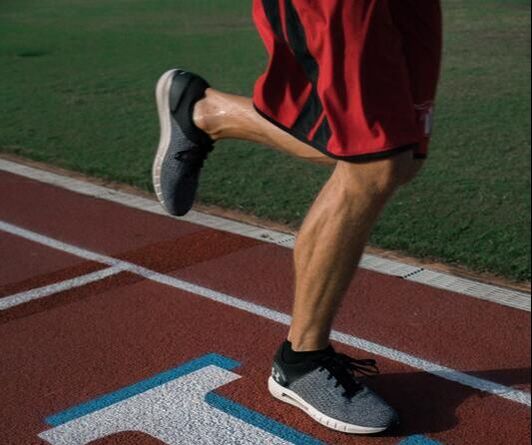
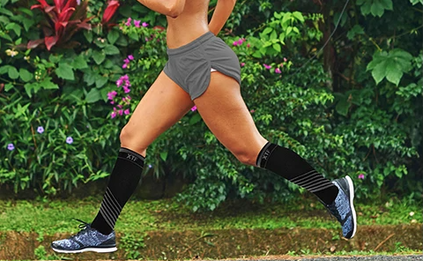
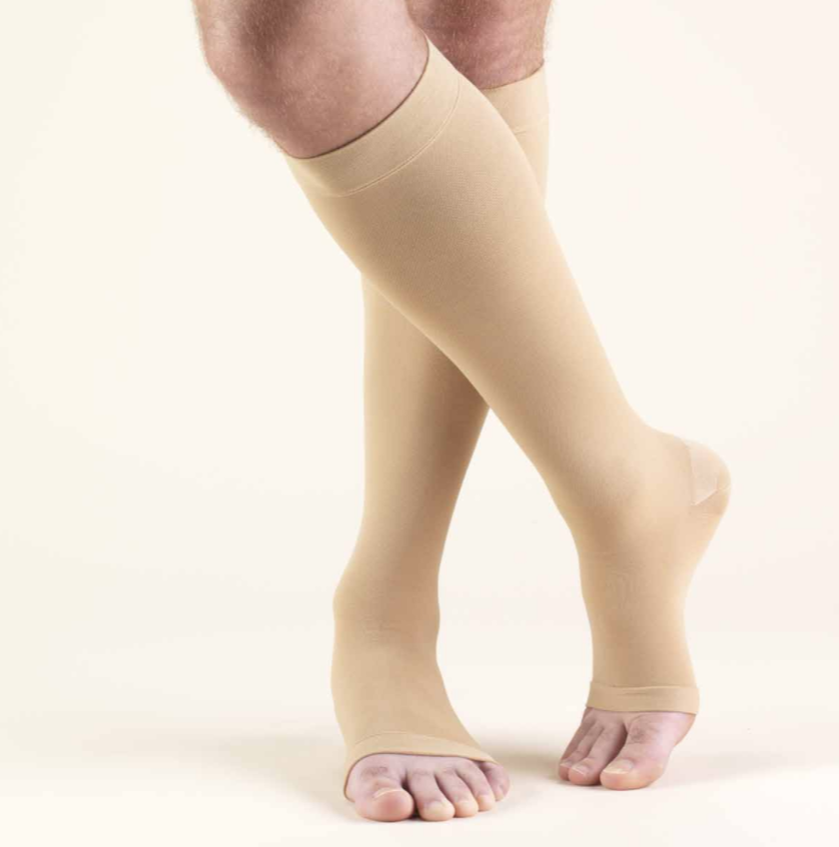
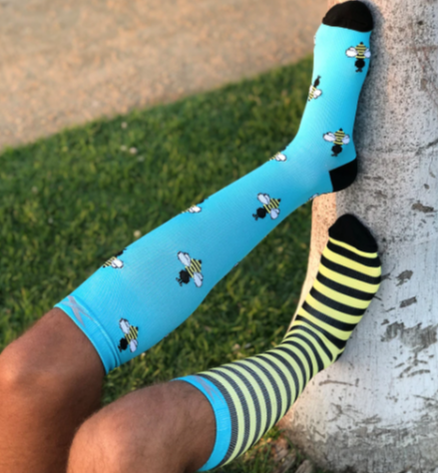
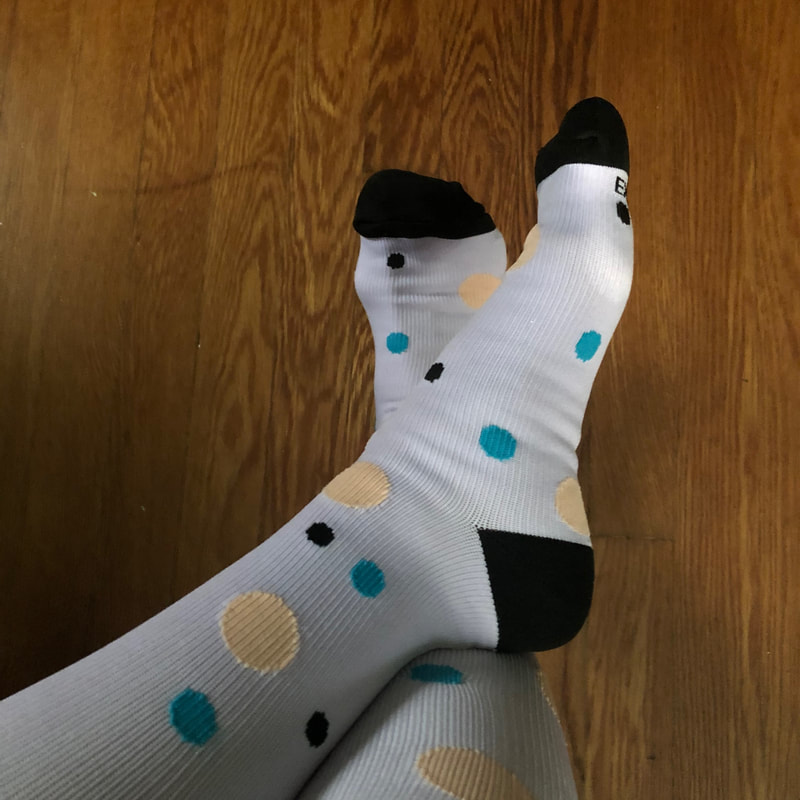
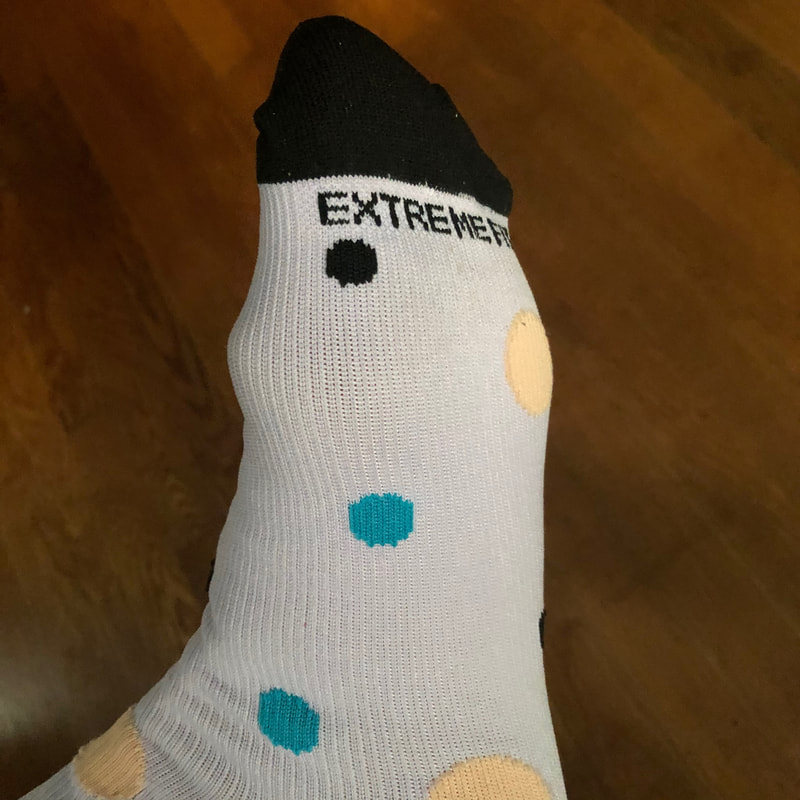
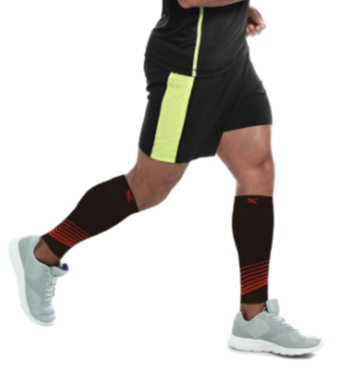
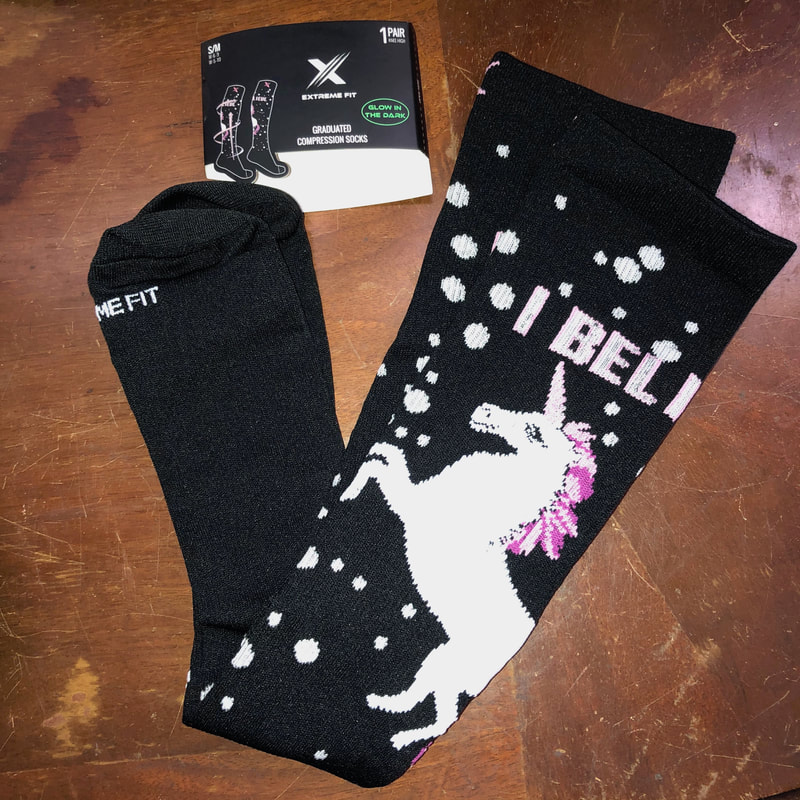
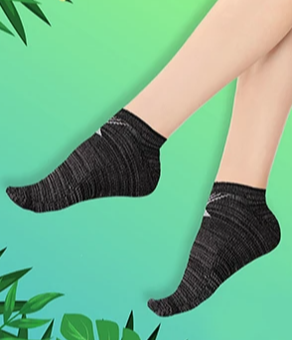
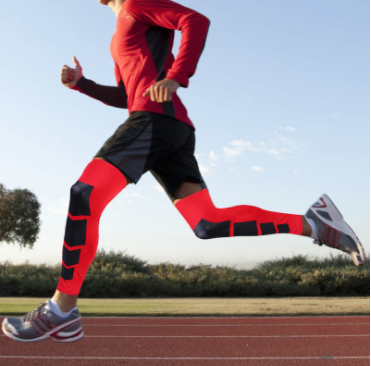
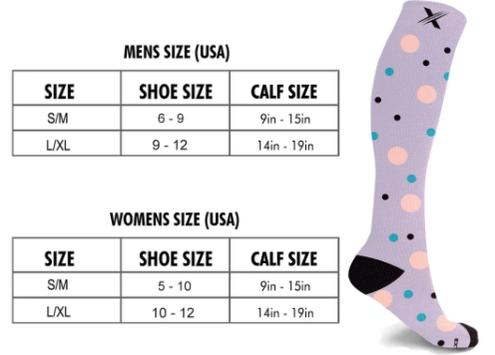
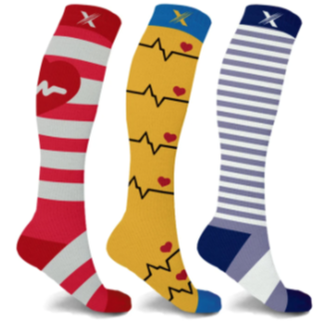
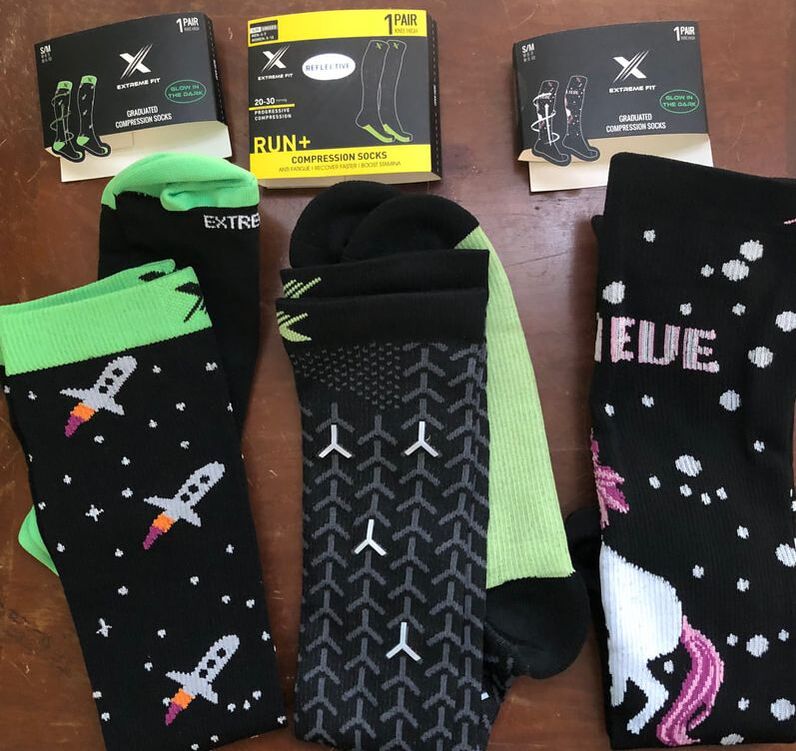
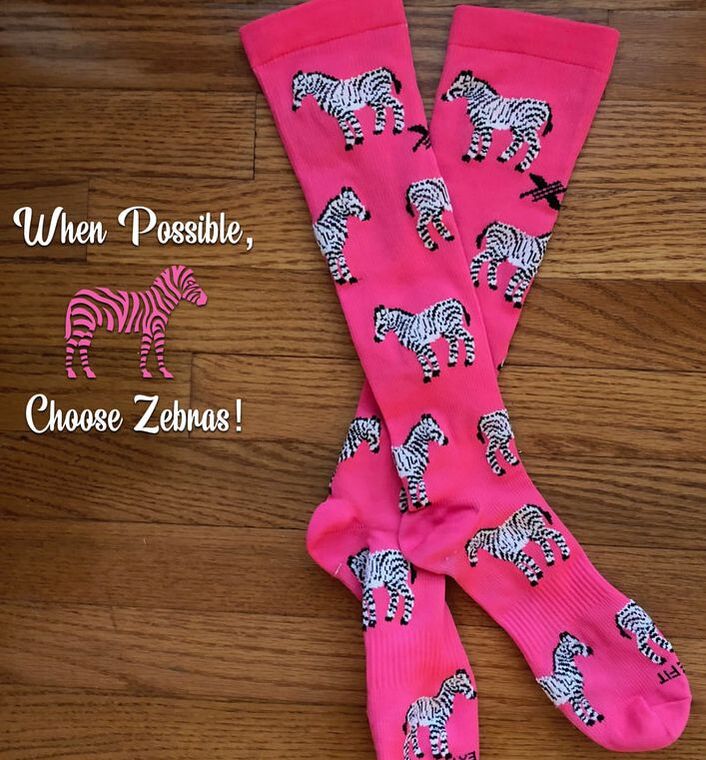
 RSS Feed
RSS Feed

